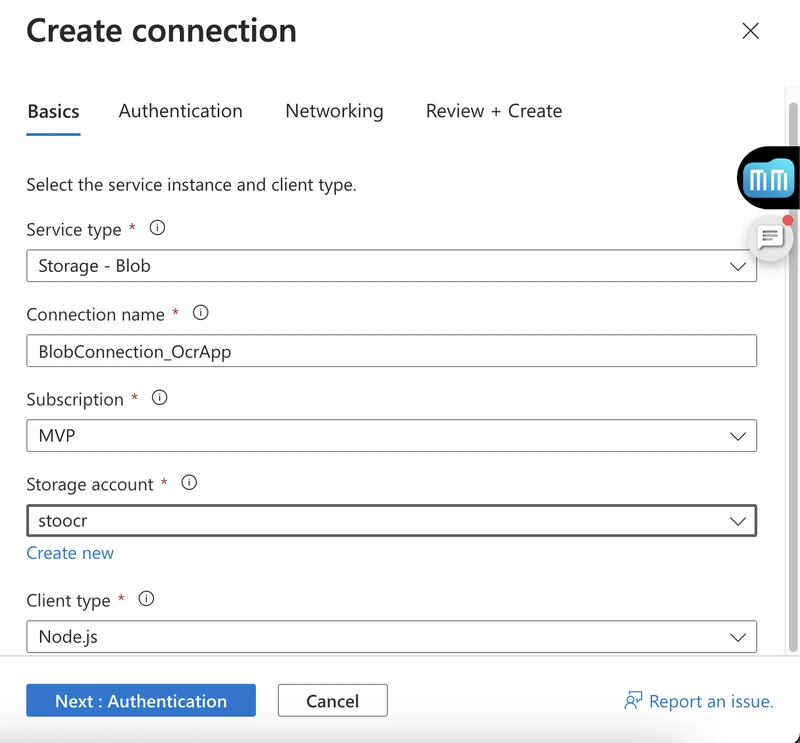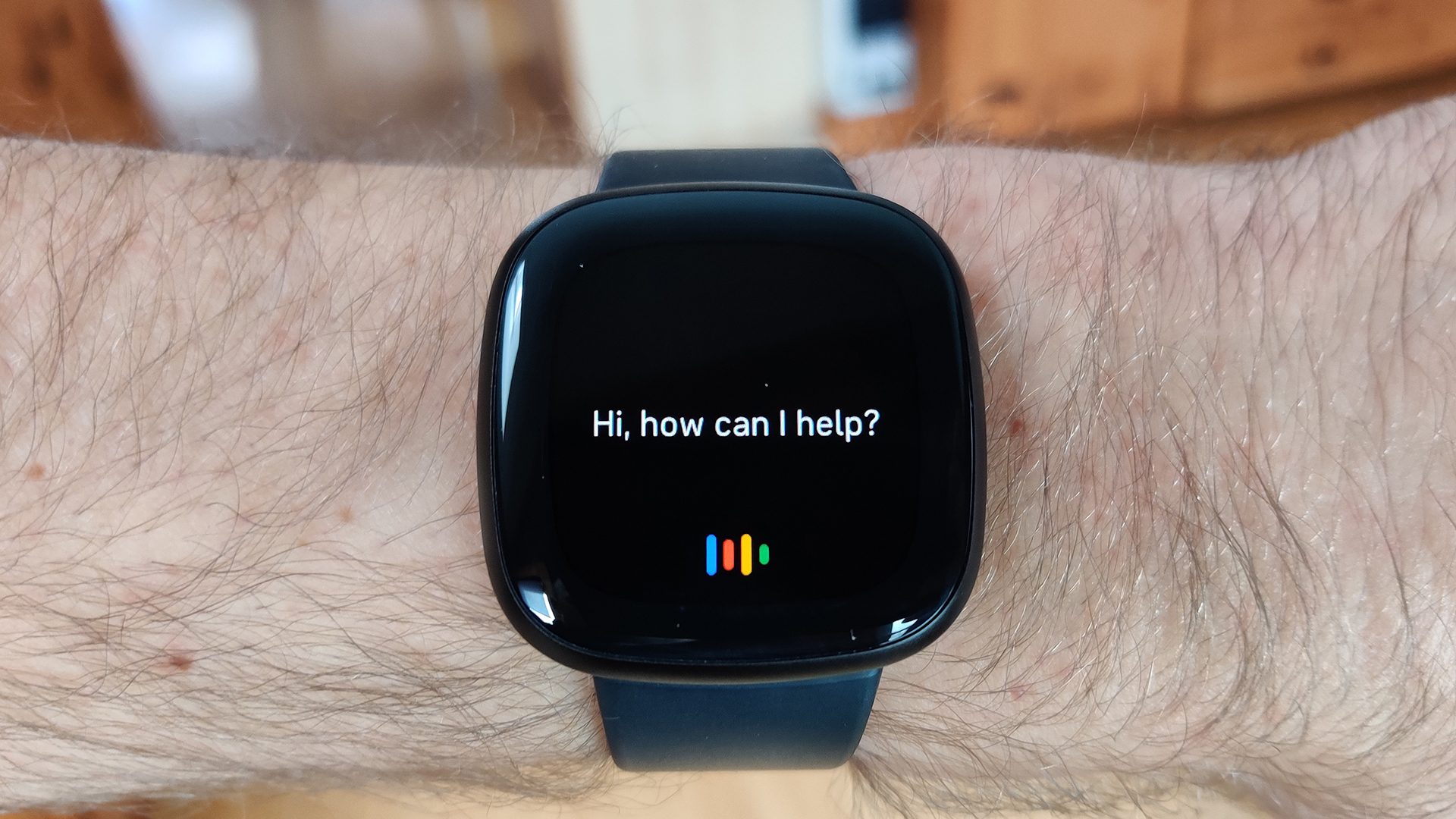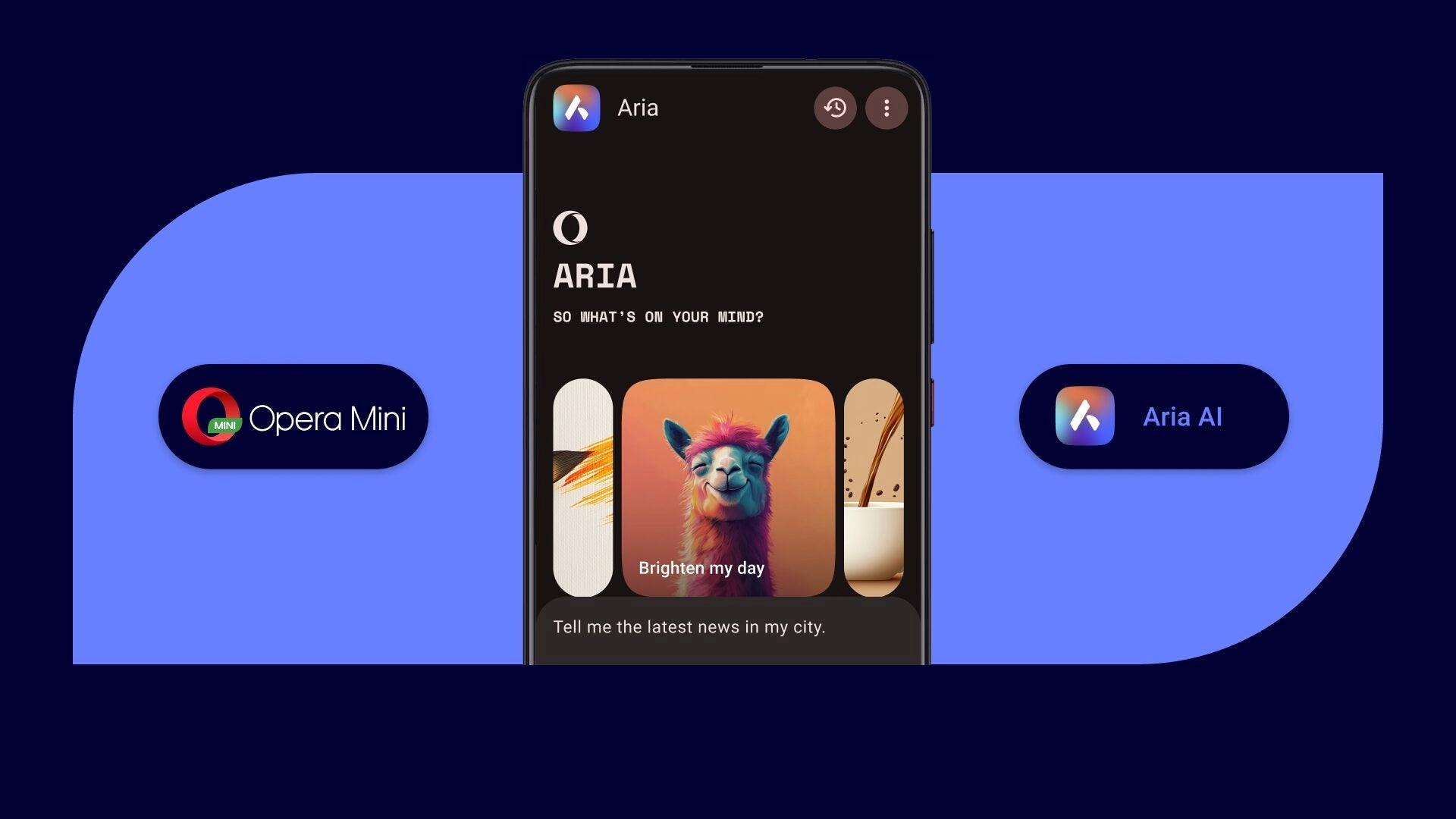Creating an OCR API with FaaS on Azure – Part 1: Architecture and Secure Upload
Recently, I've been working on an OCR system focused on reading digital medical prescriptions. The goal is simple: to allow healthcare professionals and pharmacies to automate the interpretation of medical prescriptions from images sent via API. All of this with security, scalability, and without the headache of credential management. In this first article of the series, I'll show how I designed the architecture, the justification for using Azure Functions, and how I integrated with Blob Storage using Managed Identity. By the end, we'll have a functional endpoint for secure image upload. Shall we? Why Azure Functions? The choice of Azure Functions came naturally for several reasons: Serverless: I don't need to worry about infrastructure. Scalable: The system will handle many image uploads, so scaling on demand is essential. Integrated with the Azure ecosystem: especially Blob Storage and Managed Identity. And since we're talking about an OCR system, where the main trigger will be the submission of an image for analysis, an HTTP Function fits perfectly. About the project architecture I organized the code structure in a clean and modular way, following a light DDD approach. /ocr-function-app ├── application/ │ └── UploadImageService.ts ├── domain/ │ └── IImageStorage.ts ├── infrastructure/ │ └── AzureBlobStorage.ts ├── HttpAddToBlob/ │ └── index.ts │ └── function.json ├── host.json ├── local.settings.json └── package.json The idea is for the Function to be just the entry point, delegating responsibilities to more specific layers. ⛏️ Setting Up the Azure Function Environment Before we start coding, we need to ensure that our Azure Function environment is ready to deploy and run correctly with Managed Identity authentication and Blob Storage integration. Create your Azure Function in the portal or via CLI: func init ocr-function-app --worker-runtime node --language typescript Create the HTTP trigger Function: func new --name HttpAddToBlob --template "HTTP trigger"

Recently, I've been working on an OCR system focused on reading digital medical prescriptions. The goal is simple: to allow healthcare professionals and pharmacies to automate the interpretation of medical prescriptions from images sent via API. All of this with security, scalability, and without the headache of credential management.
In this first article of the series, I'll show how I designed the architecture, the justification for using Azure Functions, and how I integrated with Blob Storage using Managed Identity. By the end, we'll have a functional endpoint for secure image upload. Shall we?
Why Azure Functions?
The choice of Azure Functions came naturally for several reasons:
- Serverless: I don't need to worry about infrastructure.
- Scalable: The system will handle many image uploads, so scaling on demand is essential.
- Integrated with the Azure ecosystem: especially Blob Storage and Managed Identity.
And since we're talking about an OCR system, where the main trigger will be the submission of an image for analysis, an HTTP Function fits perfectly.
About the project architecture
I organized the code structure in a clean and modular way, following a light DDD approach.
/ocr-function-app
├── application/
│ └── UploadImageService.ts
├── domain/
│ └── IImageStorage.ts
├── infrastructure/
│ └── AzureBlobStorage.ts
├── HttpAddToBlob/
│ └── index.ts
│ └── function.json
├── host.json
├── local.settings.json
└── package.json
The idea is for the Function to be just the entry point, delegating responsibilities to more specific layers.
⛏️ Setting Up the Azure Function Environment
Before we start coding, we need to ensure that our Azure Function environment is ready to deploy and run correctly with Managed Identity authentication and Blob Storage integration.
- Create your Azure Function in the portal or via CLI:
func init ocr-function-app --worker-runtime node --language typescript
- Create the HTTP trigger Function:
func new --name HttpAddToBlob --template "HTTP trigger"







































































































































































![[The AI Show Episode 144]: ChatGPT’s New Memory, Shopify CEO’s Leaked “AI First” Memo, Google Cloud Next Releases, o3 and o4-mini Coming Soon & Llama 4’s Rocky Launch](https://www.marketingaiinstitute.com/hubfs/ep%20144%20cover.png)




































































































































































































![Blue Archive tier list [April 2025]](https://media.pocketgamer.com/artwork/na-33404-1636469504/blue-archive-screenshot-2.jpg?#)


































.png?#)


































.webp?#)




























































































![[Update: Optional] Google rolling out auto-restart security feature to Android](https://i0.wp.com/9to5google.com/wp-content/uploads/sites/4/2025/01/google-play-services-2.jpg?resize=1200%2C628&quality=82&strip=all&ssl=1)

















![Apple to Split Enterprise and Western Europe Roles as VP Exits [Report]](https://www.iclarified.com/images/news/97032/97032/97032-640.jpg)
![Nanoleaf Announces New Pegboard Desk Dock With Dual-Sided Lighting [Video]](https://www.iclarified.com/images/news/97030/97030/97030-640.jpg)










































![Security Database Used by Apple Goes Independent After Funding Cut [Updated]](https://images.macrumors.com/t/FWFeAmxnHKf7vkk_MCBh9TcNMVg=/1600x/article-new/2023/05/bug-security-vulnerability-issue-fix-larry.jpg)


























































































